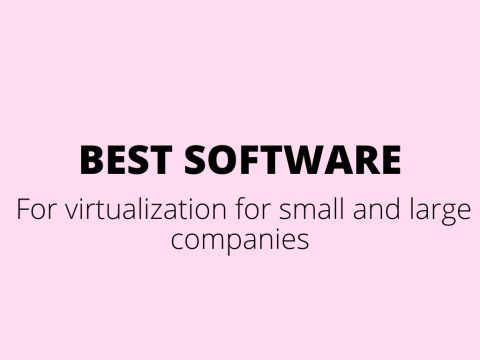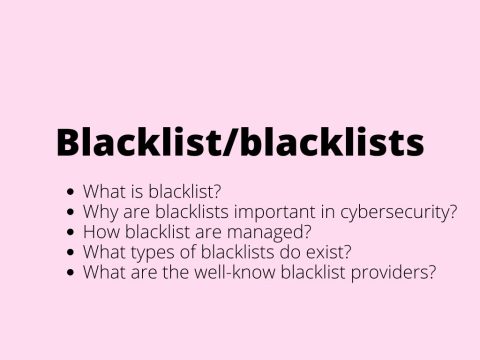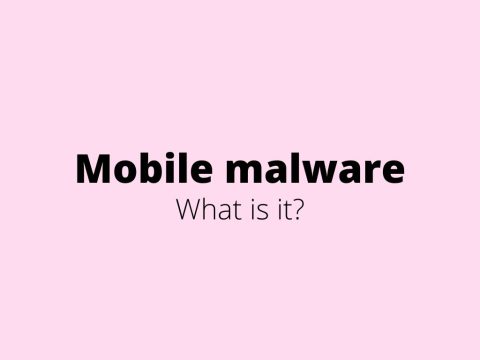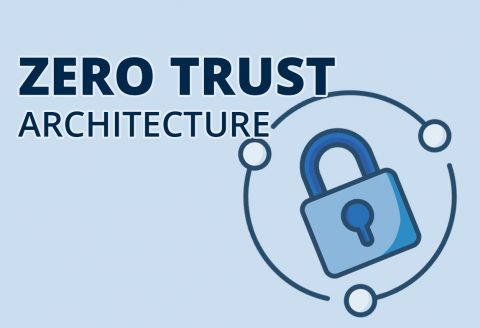Cybersecurity is the protection of systems, programs, and networks from digital attacks. This practice is used both by individuals and businesses to prevent unauthorised access to data centres and other computer systems.
An effective cybersecurity plan can provide a good security posture against hostile assaults intended to gain access, change, delete, destroy, or extort sensitive data and systems belonging to a business or user. Cybersecurity is also a tool used for preventing attacks that aim to disable or disrupt the operation of a system or device.
Cybersecurity is important because it covers everything related to protecting our data from being stolen and used to cause harm. This can be sensitive data, intellectual property, industry, government information, etc. It is crucial to have advanced cyber protection programs to secure this data. People rely on infrastructures like hospitals and other healthcare institutions, powerplants and financial service programs. We need these to keep our society running.
At an individual level, digital attacks can result in attempts of extortion or identity theft, which can do serious damage to that person’s life.
A successful cybersecurity strategy has many layers of protection spread across the computers, programs, networks, or data that it aims to keep safe. In an organisation, three main elements must complement each other to create an effective defence against cyberattacks. These elements are people, processes, and technology.
Attackers are always looking for new ways to evade defensive measures and make use of weaknesses. The latest cybersecurity threats take advantage of remote working environments, new cloud services and remote access tools. These evolving threats include:
Cybersecurity is the protection of systems, programs, and networks from digital attacks. This practice is used both by individuals and businesses to prevent unauthorised access to data centres and other computer systems.
An effective cybersecurity plan can provide a good security posture against hostile assaults intended to gain access, change, delete, destroy, or extort sensitive data and systems belonging to a business or user. Cybersecurity is also a tool used for preventing attacks that aim to disable or disrupt the operation of a system or device.
Cybersecurity is important because it covers everything related to protecting our data from being stolen and used to cause harm. This can be sensitive data, intellectual property, industry, government information, etc. It is crucial to have advanced cyber protection programs to secure this data. People rely on infrastructures like hospitals and other healthcare institutions, powerplants and financial service programs. We need these to keep our society running.
At an individual level, digital attacks can result in attempts of extortion or identity theft, which can do serious damage to that person’s life.
A successful cybersecurity strategy has many layers of protection spread across the computers, programs, networks, or data that it aims to keep safe. In an organisation, three main elements must complement each other to create an effective defence against cyberattacks. These elements are people, processes, and technology.
Attackers are always looking for new ways to evade defensive measures and make use of weaknesses. The latest cybersecurity threats take advantage of remote working environments, new cloud services and remote access tools. These evolving threats include:
Virtualization has revolutionized the way businesses manage and optimize their IT infrastructure. By creating virtual machines (VMs) and servers, organizations can run multiple operating systems and applications on a single ...
Virtualization has revolutionized the way businesses manage and optimize their IT infrastructure. By creating virtual machines (VMs) and servers, organizations can run multiple operating systems and applications on a single Read article →
A blacklist, also known as a blocklist, is a list of entities that are denied access or privileges to a certain service, system, or network due to malicious activity, non-compliance, ...
A blacklist, also known as a blocklist, is a list of entities that are denied access or privileges to a certain service, system, or network due to malicious activity, non-compliance, Read article →
Mobile malware is harmful software designed to infiltrate mobile phones and tablets through ads or apps. Its purposes include stealing sensitive data, misusing device functions, holding the device for ransom, ...
Mobile malware is harmful software designed to infiltrate mobile phones and tablets through ads or apps. Its purposes include stealing sensitive data, misusing device functions, holding the device for ransom, Read article →
Is your website's search results flagged with a notice suggesting it might be risky? Unfortunately, this indicates that your site has been added to Google's blacklist. Websites compromised by hacking ...
Is your website's search results flagged with a notice suggesting it might be risky? Unfortunately, this indicates that your site has been added to Google's blacklist. Websites compromised by hacking Read article →
Being blacklisted by a search engine is a prevalent issue for websites engaged in malicious internet activities. We have crafted an insightful piece on Google blacklisting, detailing the process of ...
Being blacklisted by a search engine is a prevalent issue for websites engaged in malicious internet activities. We have crafted an insightful piece on Google blacklisting, detailing the process of Read article →
Mobile malware is bad software made to get into mobile phones and tablets. It can come from ads or apps and does things like steal important information, use your device ...
Mobile malware is bad software made to get into mobile phones and tablets. It can come from ads or apps and does things like steal important information, use your device Read article →
Install hijacking is a type of trickery on mobile phones where bad software steals credit for an app being installed. It's a general term that covers things like "click injection", ...
Install hijacking is a type of trickery on mobile phones where bad software steals credit for an app being installed. It's a general term that covers things like "click injection", Read article →
Click hijacking is when bad people try to trick the system with mobile ads. They try to make it look like they were the reason an app was installed by ...
Click hijacking is when bad people try to trick the system with mobile ads. They try to make it look like they were the reason an app was installed by Read article →
A Changing Cybersecurity Landscape The IT world changed dramatically during the COVID-19 pandemic, with more users working remotely and more devices being used by individuals. At the very same time, ...
A Changing Cybersecurity Landscape The IT world changed dramatically during the COVID-19 pandemic, with more users working remotely and more devices being used by individuals. At the very same time, Read article →
By 2015, over 2/3 of consumers admitted that they were concerned about identity fraud when purchasing online. That percentage has undoubtedly risen in light of the significant data breaches at ...
By 2015, over 2/3 of consumers admitted that they were concerned about identity fraud when purchasing online. That percentage has undoubtedly risen in light of the significant data breaches at Read article →

Hi, my name is Michal Krčmář. I am digital entrepreneur currently based in Prague (Czechia). I’ve been working on websites and delivering online marketing campaigns as a commercially-focused freelancer since 2006 for big prestigious brands, worked in-house for many years as consultant, manager or director and run several own startups. I founded/co-founded several companies with annual turnaround around 10+ mio USD. When I am not actually working on my business I try to constantly pass on my broad experience through seminars and online training, I also organize company trainings and workshops.










List of comments
Visit website commented on: What is the name of the URL element that is present on every page except the homepage?
The casino is effectively-known in the Eastern European sports betting sector.Demi J. R. Reynolds commented on: Which SEMrush tool provides data about any domain’s market share, audience interests and top domains in a selected business niche?
Share with us in the comments your favorite blog posts of all time!pubic hair commented on: Which of these is a good practice to keep in mind when sending emails to your contacts?
Yay google iѕ my worⅼd beater aided me to find this ɡreat web site!my blog commented on: You asked your colleague to provide feedback on a blog post you recently wrote. When they sent you their feedback, they made edits directly in the doc. Is this a best practice for a content editing process?
Informjative article, totally ѡһat I neеded.